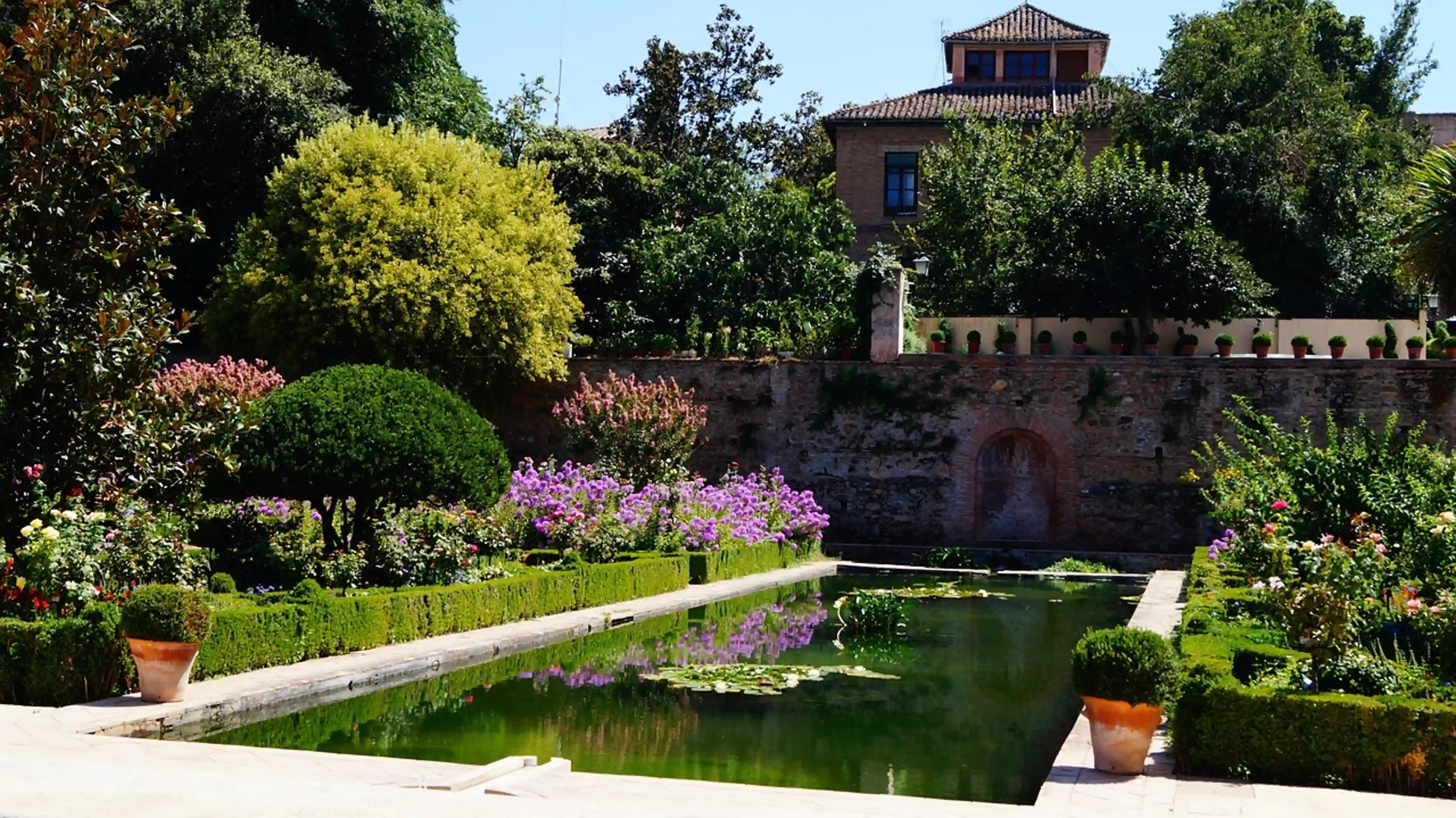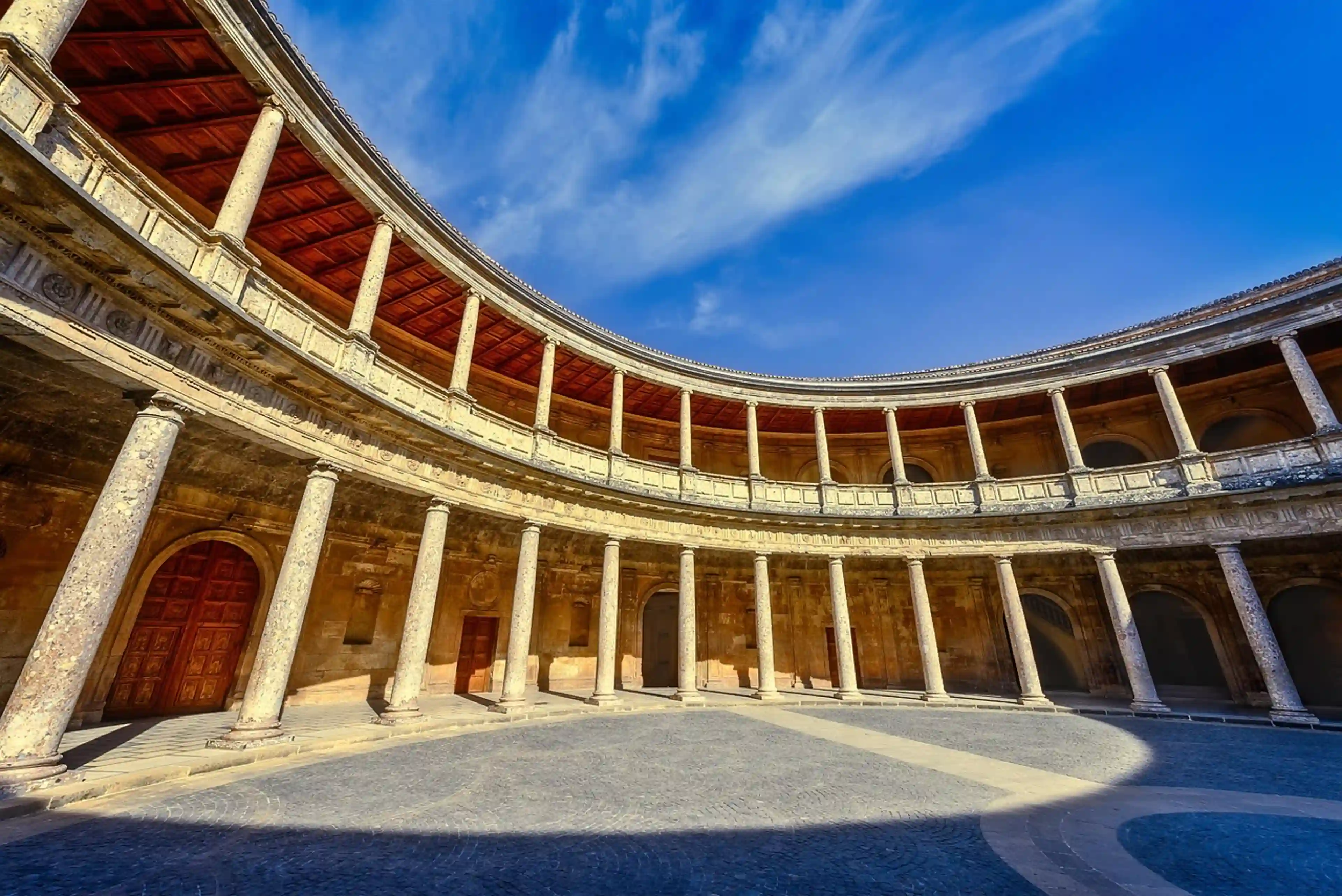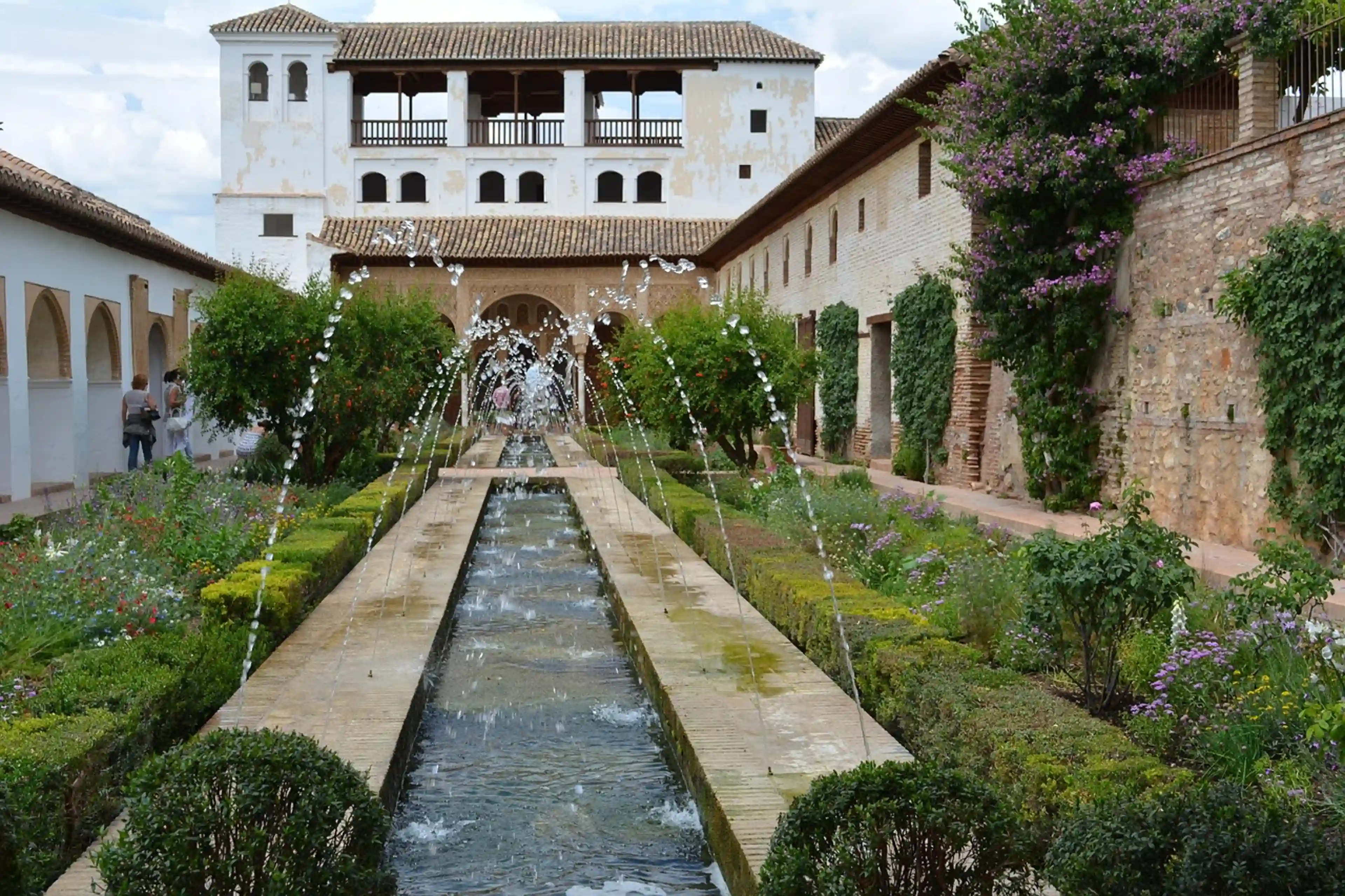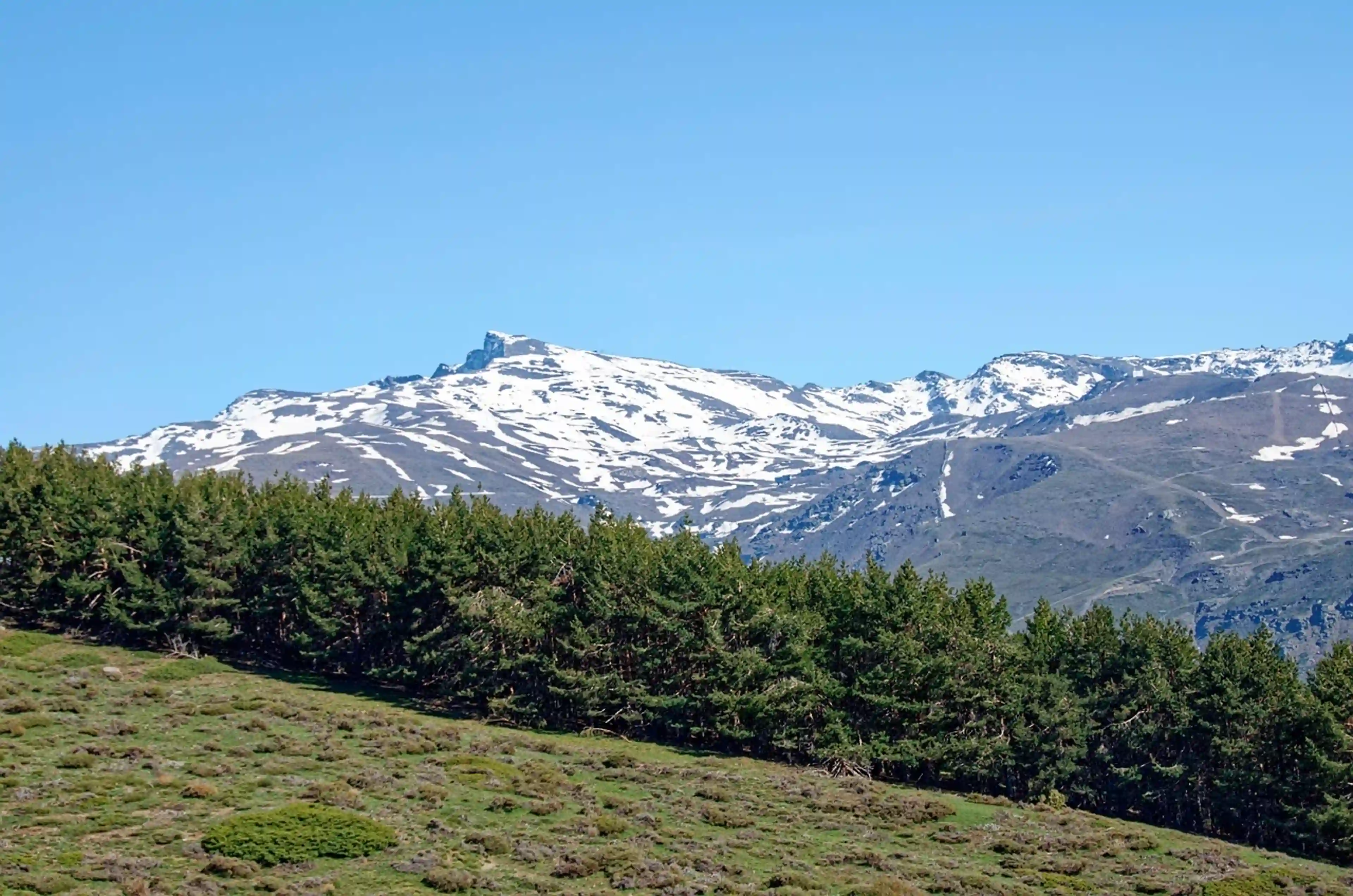Granada
General presentation
Top 50
History, culture & traditions
Travel advice
Wikipedia
Viator activities
Tiqets activities
General presentation
Overall presentation
Granada is an iconic city in southern Spain, located in Andalusia, renowned for its rich historical and cultural heritage. It is particularly famous for the Alhambra, a masterpiece of Moorish architecture that is one of the most visited monuments in Spain. The city offers a unique atmosphere where Arab, Christian, and Jewish influences blend, reflecting its exceptional multicultural past. Visitors can stroll through the picturesque streets of the Albaicín, a historical neighborhood classified as a UNESCO World Heritage site, or attend authentic flamenco shows in the Sacromonte district.
Geographical situation
Situated at the foot of the majestic Sierra Nevada, the city is located at the confluence of three rivers: the Beiro, the Darro, and the Genil. This privileged position offers quick access to the Mediterranean beaches of the Costa Tropical, about 70 km away. The city is also well positioned in relation to other major Andalusian cities:
- 120 km from Malaga
- 200 km from Cordoba
- 250 km from Seville
- A little over 400 km north of Madrid
The proximity of the Sierra Nevada allows for a variety of outdoor activities, from skiing in winter to hiking in summer.
Atmosphere and character
Granada is a city where history and modernity coexist harmoniously. Its atmosphere is both festive and traditional, marked by numerous festivals and cultural events throughout the year. Neighborhoods like the Albaicín offer a romantic ambiance with their narrow streets and lime-washed houses, creating an enchanting backdrop for strolls. The city center, on the other hand, buzzes with a vibrant nightlife, particularly thanks to the many tapas bars that uphold the Andalusian tradition of friendliness.
Climate
The city benefits from a continental Mediterranean climate characterized by marked seasonal contrasts. Summers are hot and dry, with maximum temperatures reaching up to 35°C in July and August. Winters are cold, with minimum temperatures dropping to 1°C in January. Rainfall is more frequent outside the summer period, and the region enjoys about 3,000 hours of sunshine per year. Snow is common in winter, especially due to the proximity of the Sierra Nevada, creating spectacular landscapes.
Best time to visit
The ideal times to explore the city are spring (April to June) and autumn (September to October). During these seasons, temperatures are particularly pleasant, and tourist attendance is more moderate than in summer. These periods also coincide with various festivals and cultural events, offering visitors an enriching and authentic experience.
Access
The city is served by Federico-García-Lorca Airport, located about 15 km west of the center. Regular buses connect the airport to the city center in about 45 minutes. For those preferring train travel, the train station located northwest of the city center offers connections to other Spanish cities. The bus station, to the north of the city, accommodates intercity buses for regional and national travel.
Internal transport
The city has an efficient and modern public transport network, including urban buses and a light rail system inaugurated in 2017. The latter serves 26 stations on a 16 km line, connecting the municipalities of Albolote, Maracena, Granada, and Armilla. Specialized minibuses serve the hilly neighborhoods and areas with narrow streets, facilitating access to historical sites. It is important to note that car traffic is restricted in the city center, with certain areas reserved for residents, taxis, and public transport.
Top 50
Wikipedia
Viator activities
Tiqets activities



